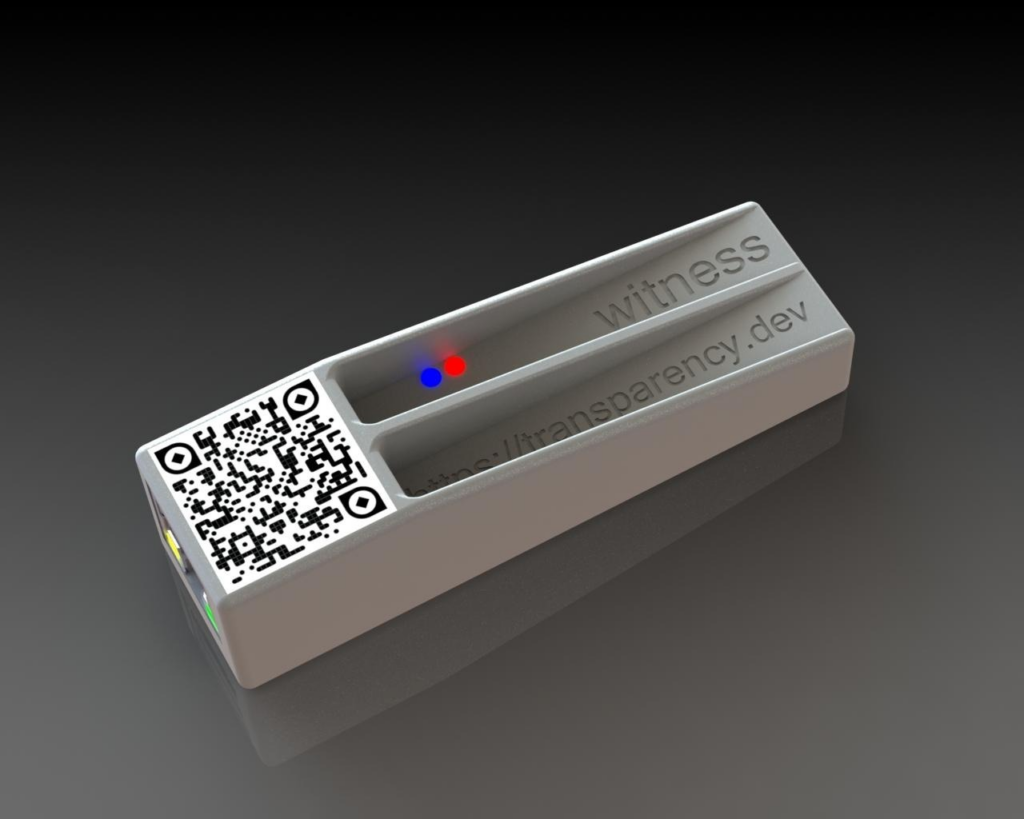By Al Cutter and Ryan Hurst
When it comes to end-to-end encryption, securing the directory of public keys for each recipient is crucial so relying parties can have confidence they are talking to the right party. An attacker who can manipulate these directories can impersonate any participant in the communication without detection.
Over the years, various efforts have worked towards addressing this challenge. These efforts aimed to solve the problem of undetectable modifications to these central key servers. For example:
- CONIKS was the first academic attempt to create a key transparency framework that enabled users to verify the authenticity of keys in a privacy-preserving way without relying solely on the key server’s integrity.
- Google Key Transparency, based on CONIKS, was Google’s effort to prove it was possible to deploy these patterns at an internet scale.
- Apple Contact Discovery was the first deployment of these patterns for a large-scale messaging system.
Arguably the most successful and well-understood implementation of these patterns though is Facebook’s Auditable Key Directory (AKD), which is intended to be used across its messaging offerings but is already deployed with WhatsApp. Like the other solutions mentioned above, it is reliant on constant monitoring and verification to ensure global consistency, mitigating “Split View” attacks against its relying parties and ensuring these end-to-end encrypted messaging solutions maintain the promised security properties.
A research paper by Sarah Meiklejohn et al., titled “Think Global, Act Local: Gossip and Client Audits in Verifiable Data Structures” (https://arxiv.org/abs/2011.04551), set out to define a verifiable scheme to perform this verification in a cost-efficient and provable way. The essential idea in the paper is that the problem can be solved by gossiping the state of the underlying verifiable data structure across a network of perspectives. The goal is to ensure that relying parties verify they are seeing the same version of the directory as everyone else who is participating.
Introducing Google’s Armored Witness
Google’s Armored Witness project aims to operationalize this concept by providing a geographically distributed network of secure hardware-based “notaries.” Its design is based on custom hardware, the USB Armory, designed with security, verifiability, and maximal openness given commercially available components and associated constraints. It modifies the USB Armory by removing unused components and adding Power over Ethernet (PoE).

The USB Armory platform uses a Go unikernel design, which has many benefits. For one, Go naturally supports “reproducible builds,” meaning that any attempt to rebuild from an application’s source will yield the same binary. This is important because it enables the hardware to report what firmware it is running and map that back to the source, allowing you to understand what is happening inside.
The hardware itself also contains a trusted execution environment and a secure element that enables sensitive code to be isolated and the keys to be secured from many classes of logical and physical attacks. These keys are then used to do the “notarization” of their observation of these ledgers.
Check out this presentation from Andrea Barsani at 2024 CanSecWest to learn more about the hardware.
Hardware alone isn’t enough, though. We need a global network based on these devices so that relying parties can get assurance that an adequate number of network perspectives are seeing the same log contents.
If you want to learn more about the broader problem being solved, check out this video of Fillipo Valsorda from Real World Crypto 2024, and for more on the Witness network idea, Fillipo also talked about the work here at the CATS conference.
But How Armored Witness Might Apply to AKD?
Here’s how an integration of Google’s Armored Witness into Facebook’s AKD framework could work:
- Log Integration and Epoch Consistency: By integrating Armored Witness into the AKD framework, each Armored Witness device can act as a witness to a log of AKD epoch roots. Specifically::
- Log Integration: Each AKD epoch root is added to the log, such that the Nth epoch root is present at the Nth log index.
- Witness Network: The witness network, comprising Armored Witness devices, counter-signs checkpoints from these logs, providing an additional layer of verification.
- Client-Side Verification: As the AKD is updated, AKD clients are provided with epoch update bundles, which include:
- Clients verify these bundles by:
- Checking the signature on the directory epoch root.
- Verifying the countersignatures on the log checkpoint.
- Using the inclusion proof to confirm the correct log position of the epoch root, ensuring that the Nth root is in the Nth log position.
- Split View Protection: The distributed nature of Armored Witness devices ensures that:
- Split views of the log are prevented due to the geographically distributed countersigning by the witness network.
- The log sequence number matches the directory epoch number, maintaining a strict one-to-one correspondence.
- Heavy Lift Verifiers: Heavy lift verifiers, which perform more in-depth consistency checks, can source epoch roots from the log for pairwise append-only verification. This process ensures the correct operation of the directory over time, further strengthening the security framework.
- The new directory epoch root commitment.
- Inclusion proof hashes for the epoch root in the log.
- The countersigned log checkpoint.
Conclusion
Integrating Google’s Armored Witness with Facebook’s AKD framework offers a simple solution to a very hard problem. More importantly, adopting this approach not only addresses the split-view problem for Facebook but also provides a substrate that can protect all verifiable data structures.
By leveraging a generic network of geographically distributed Armored Witness devices, solutions dependent on verifiable data structures to prove integrity, such as AKD deployments, can achieve robust split-view protection, ensuring integrity and authenticity across different regions.